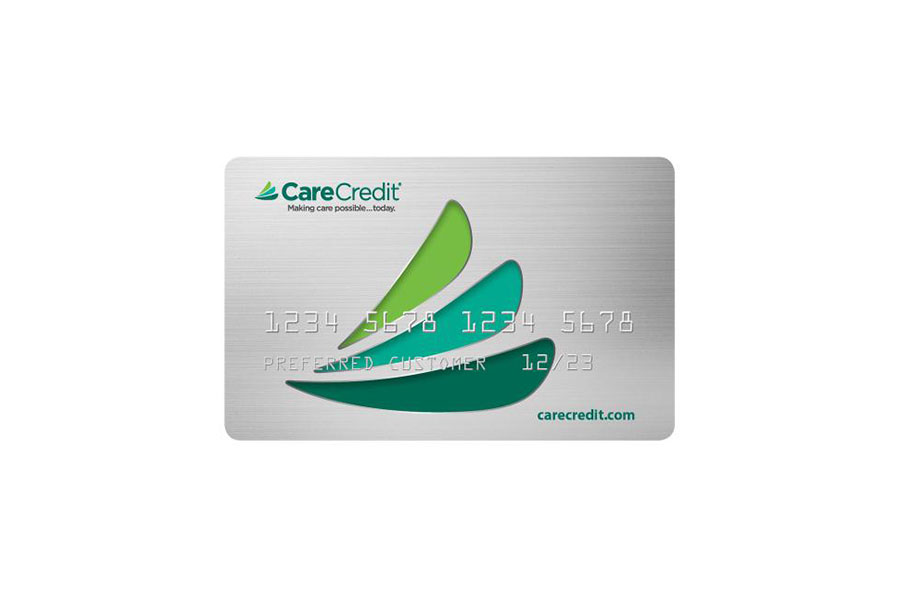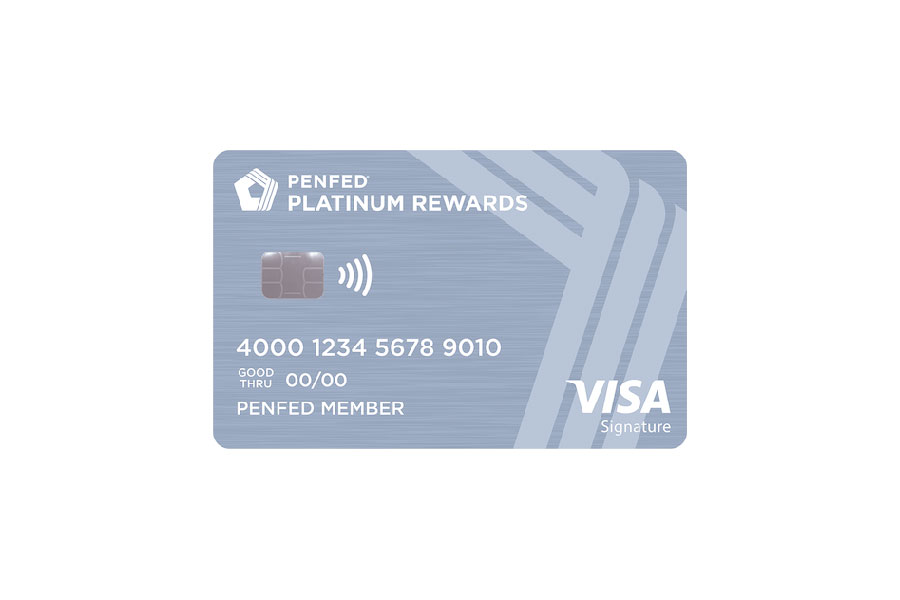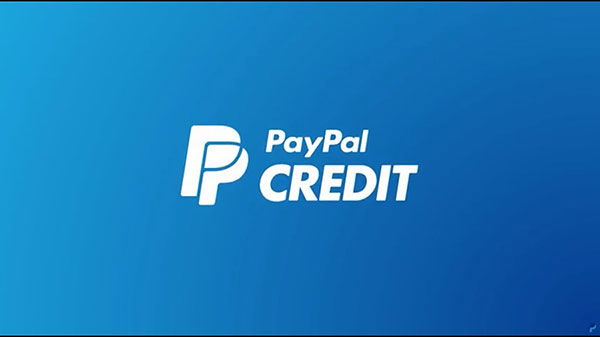Your credit score is like a financial report card, a key metric that lenders use to gauge your reliability as a borrower. Just as good grades can open doors to top colleges and promising opportunities, a high credit score can pave the way for many financial benefits.

Whether you’re dreaming of a sleek new car, a home in a choice neighborhood, or even landing certain jobs, your credit score plays a pivotal role. It can mean the difference between being offered a high-interest rate loan or one with more favorable terms, which can add up to savings of hundreds – or even thousands – of dollars over the life of the loan.
Now, imagine the doors that would open if you could boost your credit score by 200 points. Such an improvement isn’t just about numbers; it could significantly enhance your financial well-being and choices. Let’s dive deeper into this topic and uncover the steps to elevate your score to new heights.
Understanding Credit Basics: The Factors at Play
Think of your credit score as a puzzle, where each piece contributes to the overall picture of your financial reliability. This score is calculated based on the data in your credit report, meticulously curated by the three major credit bureaus: Experian, Equifax, and TransUnion. To truly harness the power of a good credit score, you need to understand the individual components that shape it:
1. Payment History (35% of your FICO score)
Your track record of making on-time payments is the most significant factor. Consistent on-time payments on all your credit accounts—including credit cards, mortgages, or student loans—positively reinforce your score. On the other hand, missed or late payments, especially if they become a habit, can deal serious blows to your score.
2. Credit Utilization (30%)
This is a measure of how much credit you’re actively using compared to your available credit. For instance, if you have a $5,000 credit limit on a card and you’ve used $2,500, your credit utilization rate stands at 50%. Financial experts often advise keeping this ratio below 30% to maintain or improve your credit score.
3. Length of Credit History (15%)
In the credit world, experience counts. Lenders want to see that you have a history of managing credit responsibly. Older credit accounts, especially those in good standing, add depth to your credit profile and can boost your credit score.
4. New Credit (10%)
Every time you apply for a new credit account, a hard inquiry is made into your credit report. While one or two inquiries might not dent your score too much, multiple applications in a short span can raise red flags. It can give the impression of financial desperation or poor credit management.
5. Credit Mix (10%)
Diversity, even in credit, is beneficial. Lenders appreciate borrowers who have experience managing different types of credit. This includes revolving credit, such as credit cards, and installment loans like auto loans or student loan debt. A balanced mix signals financial maturity and can bolster your score.
By understanding and optimizing each of these components, you’re better equipped to guide your credit score in an upward trajectory. Remember, it’s not just about chasing a number but building a robust financial foundation that serves you well throughout life.
9 Steps to Raise Your Credit Score by 200 Points
Boosting your credit score by an impressive 200 points might seem like a tall order, but with a clear plan and consistent effort, it’s within reach. Dive into this guide to chart your path toward better credit.
1. Verify, Correct, and Stay Vigilant
Start your ascent by securing a free credit report from each of the three major credit bureaus: Equifax, Experian, and TransUnion. Treat these reports as a treasure map, combing through every detail to spot and rectify any credit report errors.
Even a minor discrepancy can reduce your score. If you discover any inconsistencies, dispute them right away. Make it a habit to review your reports regularly, ensuring they remain error-free.
2. Prioritize Punctual Payments
Your payment history plays a starring role in the credit score saga. Remember, a single lapse—a missed or late payment—can cast a long shadow on your credit report, lingering for up to seven years.
To avoid such pitfalls, harness technology to your advantage. Establish automatic monthly payments or employ reminders on your devices. That can help ensure you never miss a payment, which will elevate your credit score.
3. Master the Art of Credit Utilization
It’s not a good idea to let your credit cards linger without use. That doesn’t show the credit bureaus you know how to manage your credit. Instead, aim to keep your balances under 30% of your overall credit limit, both on individual cards and overall.
You can achieve this by never charging more than 30% of your limit, and attempting to pay off your card in full each month; it doesn’t benefit anyone (other than the credit card companies) to carry a balance.
If you already have debt, work hard to pay down balances until you achieve that 30% debt to available credit ratio. If you have a credit card with a limit of $10,000, aim to keep the balance below $3,000.
Tackling high credit card balances not only alleviates your credit utilization rate but also lightens your financial burdens by reducing the interest you will pay over time.
4. Be Careful with New Credit
Every time you apply for new credit, like a personal loan or a credit card, lenders check your credit history. This check, called a hard credit inquiry, can lower your score a bit. It’s important to only apply for new credit when you really need it. If you have enough credit already, think twice before applying for more.
5. Cultivate a Rich Credit History
Old credit accounts that have been well-managed can help your credit score. These accounts show lenders that you’ve been responsible for a long time. If you have old credit cards or loans that you don’t use much anymore, it’s often a good idea to keep them open. They can help your credit score.
On the other hand, when you open a new credit account, be sure to manage it well. Mistakes, like missing a payment, can hurt your score.
6. Broaden Your Credit Portfolio
It’s good to have a mix of credit types, like credit cards, car loans, or personal loans. This shows lenders that you can handle different kinds of debt. But remember, it’s not about having as many accounts as possible. Only borrow what you need and can manage. It’s always better to be careful than to over-borrow.
7. Elevate Your Credit Limits
An increased credit limit can serve as a boon for your credit utilization ratio, instantly making it more favorable. For instance, if you consistently spend $2,000 monthly on a card with a $5,000 limit, your utilization is 40%.
If the limit is raised to $7,000 without an increase in spending, your utilization drops to about 29%. So, consider reaching out to your credit card issuers to inquire about a potential limit increase. However, it’s crucial to clarify if this would lead to a hard credit inquiry, as it might momentarily dent your score.
8. Open a Dialogue with Creditors
Life’s unpredictability can sometimes lead to financial hiccups, such as a missed payment. If you’ve generally maintained a good standing and the lapse was due to unforeseen circumstances like a sudden medical expense or job loss, some credit card companies are understanding.
A heartfelt conversation explaining the situation might persuade them to remove the negative entry from your report. Remember, transparency and honesty go a long way.
9. Consider Expert Assistance
While self-driven efforts can significantly improve your score, there are instances where professional intervention might expedite the process. Credit repair companies specialize in identifying and contesting inaccuracies on credit reports.
However, the credit repair industry is also rife with misleading promises and potential pitfalls. Thoroughly vet any company you’re considering, read reviews, and perhaps even seek personal recommendations. Make sure you’re partnering with a reputable firm that prioritizes your best interests.
Credit Building Tools
In the journey to raise your credit score, there are specialized tools designed to help boost your credit score, especially if you are new to managing credit or have a bankruptcy in your past.
These instruments provide those with limited or negative credit history an avenue to prove their creditworthiness. Let’s take a look at two of the most prominent credit-building tools:
Credit Builder Loans: Building Credit with Locked Savings
Think of a credit builder loan as a reverse loan. Instead of receiving the borrowed amount upfront, the lender locks it away in a dedicated savings account. Over time, you make fixed monthly payments towards this loan.
These payments are then reported to the major credit bureaus, gradually establishing or improving your credit profile. Once the loan term ends and all payments are made, the saved amount (minus any interest and fees) is released to you.
For this arrangement to work, it’s essential to possess a valid bank account. Not only does it ensure smooth transactional processes, but it also often serves as a requirement for many lenders offering these products. So, while you’re essentially paying to build your credit, the silver lining is that at the end of the loan term, you’ve not only boosted your credit but also saved a sum of money.
Secured Credit Cards: Your Deposit, Your Credit Line
Unlike conventional credit cards, secured credit cards come with a safety net for the issuer: a required deposit. This deposit generally determines your card’s credit limit. For instance, a $500 deposit might fetch you a $500 credit limit. While this may seem like you’re spending your own money, the true value lies in the credit-building opportunity it provides.
By using the card judiciously, keeping balances low, and ensuring on-time payments, you exhibit responsible credit behavior. This positive activity is reported to the credit bureaus, aiding in credit score enhancement.
Over time, consistent responsible usage might also qualify you for an upgrade to an unsecured card or a return of your deposit. As with any credit tool, it’s pivotal to read the terms, understand any fees involved, and ensure timely payments to maximize the benefits.
Continual Vigilance: The Marathon, Not the Sprint
Repairing credit isn’t about instant gratification or quick fixes—it’s a long-term commitment. Think of your credit profile as a garden; it needs regular tending and care to flourish. Here’s how to practice continual vigilance on your credit journey:
- Regular monitoring: Make it a habit to check your credit reports frequently. The three major credit bureaus provide one free credit report every 12 months, and more frequent checks might be possible through various credit monitoring services. Use these reports to spot inaccuracies or fraudulent activity.
- Financial discipline: This includes creating and adhering to a budget, saving consistently, and making financial decisions with your credit health in mind.
- Patience and persistence: Understand that your credit score won’t skyrocket overnight. It takes consistent effort and time for negative items to age and positive actions to accumulate.
Remember that repairing credit is more about consistently making the right choices than it is about quick, dramatic actions.
Avoid These Pitfalls: The Detours on Your Credit Journey
As you work towards a stronger credit score, there are potential missteps that can not only stall your progress, but may send you backward. Here are some pitfalls to sidestep:
- Maxing out cards: Utilizing all your available credit sends a signal of potential financial instability to credit bureaus. It increases your credit utilization rate—a major credit score factor—and can harm your score.
- Making minimum payments only: While making the minimum monthly payment on your credit card debt avoids late fees and marks you as current to the credit bureaus, it results in higher interest charges over time and prolongs your debt repayment journey. Strive to pay more than the minimum, ideally aiming to pay balances in full each month.
- Accumulating excessive debt: Borrowing large amounts, such as taking out substantial personal loans or multiple car loans, may strain your financial resources. This level of debt could lead to missed payments and, subsequently, a drop in your credit score.
- Ignoring your credit report: Not checking your credit report for errors or signs of fraud is akin to flying blind. Regularly review your credit reports for inaccuracies and dispute them promptly.
Achieving a good credit score is reflective of one’s broader financial stability and responsibility. It’s not just about the ability to borrow; it’s about how effectively you manage and repay those borrowed funds. Therefore, every financial decision—big or small—should be made with an eye on how it might affect your credit health.
Conclusion: The Road to 700 and Beyond
Your credit score is a reflection of your financial discipline and credibility. The journey to adding 200 points to your score isn’t a sprint but a marathon.
Lenders typically classify a credit score of 740 and above as “very good.” No matter where you are starting, 700+ is a good number to seek to achieve, with 800 at the pinnacle of credit score success.
With perseverance and the right habits, a good credit score isn’t just attainable—it’s a promise.




